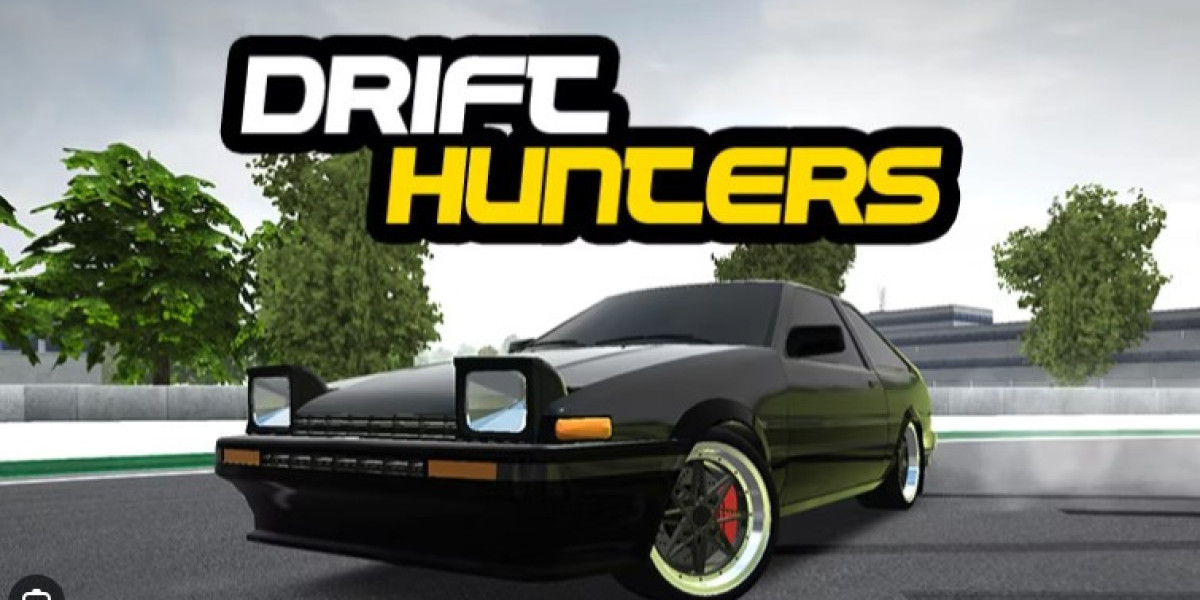In a gaming world filled with expensive simulators and high-budget racing titles, one browser-based game quietly carved out a niche and built a massive community. That game is Drift Hunters. What started as a simple drifting experience developed in Unity has become a go-to title for car enthusiasts, gamers, and casual players who want an authentic taste of sideways driving—without paying a dime.
This article explores the rise of Drift Hunters, how it works, why it’s still popular today, and how it compares to modern racing simulators.
The Origins of Drift Hunters
Drift Hunters was created by independent developer Studionum43, using the Unity engine. The goal was straightforward: to design a drifting game that was fun, accessible, and offered real car tuning mechanics. Unlike most racing games focused on speed and competition, Drift Hunters prioritizes style and vehicle control.
Launched initially as a free-to-play web game, it quickly gained traction on platforms like CrazyGames and Itch.io. The combination of solid physics, detailed customization, and a large car list made it a favorite among both drifting fans and players simply looking to relax while sliding through corners.
Gameplay Overview
At its core, Drift Hunters is a score-based drifting simulator. You control a car and earn points by maintaining drifts across various tracks. The more sustained and controlled the drift, the higher your score. Points act as currency, allowing you to purchase new cars and performance upgrades.
There are no races, no traffic, and no time limits. The entire experience centers on the mastery of drift physics and car handling. This simplicity is one of the game’s greatest strengths—it’s approachable but rewards practice.
Cars and Customization
One of Drift Hunters’ standout features is its broad selection of cars and deep customization system. With over two dozen vehicles inspired by real-world models, the game includes everything from classic Japanese drift legends to European sports cars and modern supercars.
Some notable vehicles include:
Nissan Silvia S15
Toyota AE86
Mazda RX-7
BMW M3
Nissan GT-R R35
Porsche 911 GT
Lamborghini Huracán
Each vehicle has its own unique handling characteristics, power-to-weight ratio, and tuning potential.
Customization goes beyond visuals. You can adjust:
Suspension stiffness and height
Front and rear camber
Turbo boost levels
Gear ratios
Brake balance
These changes are not just cosmetic. They directly affect how the car handles and how easy (or difficult) it is to maintain a drift. Visual upgrades such as body color, rim color, and stance settings allow players to create cars that reflect their personal style.








